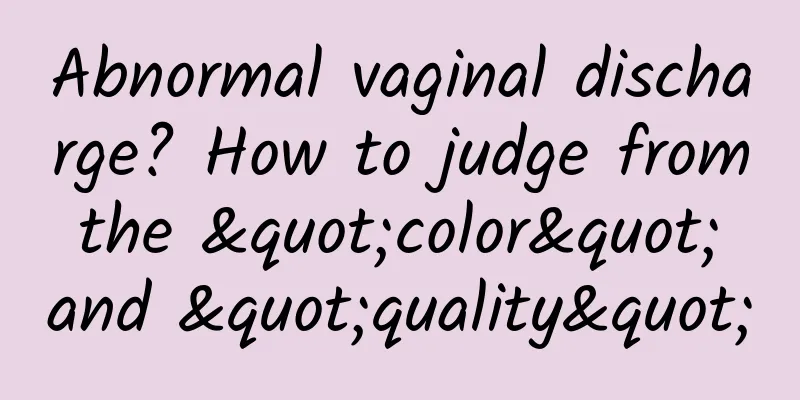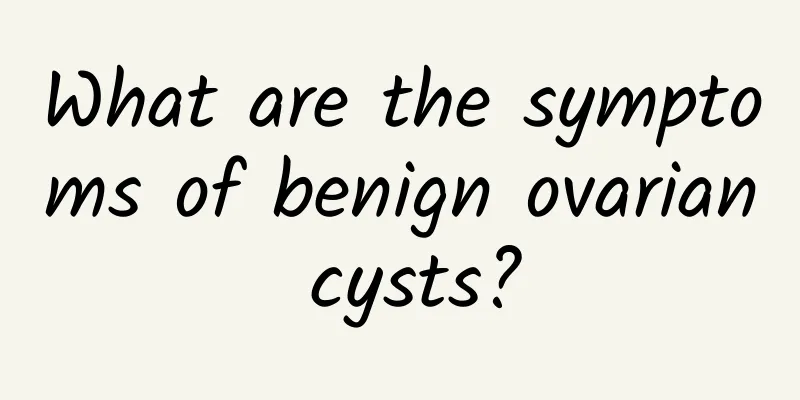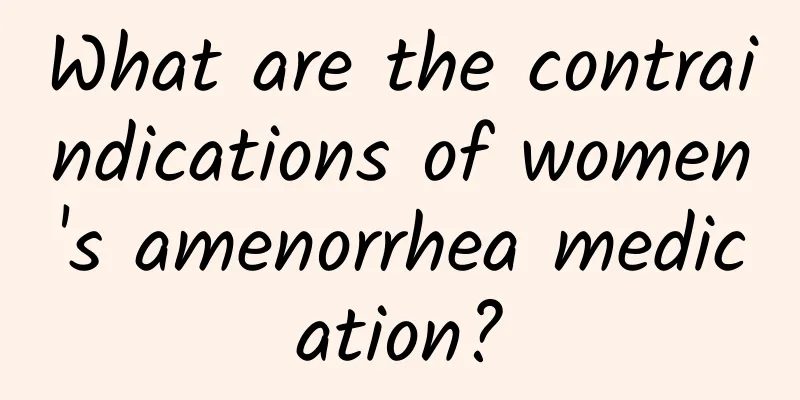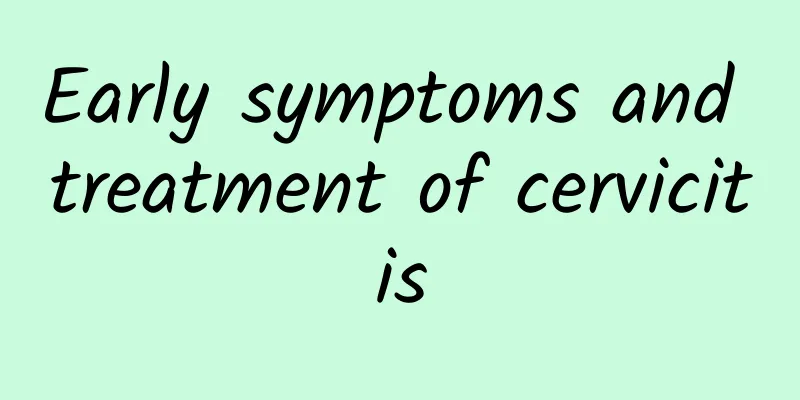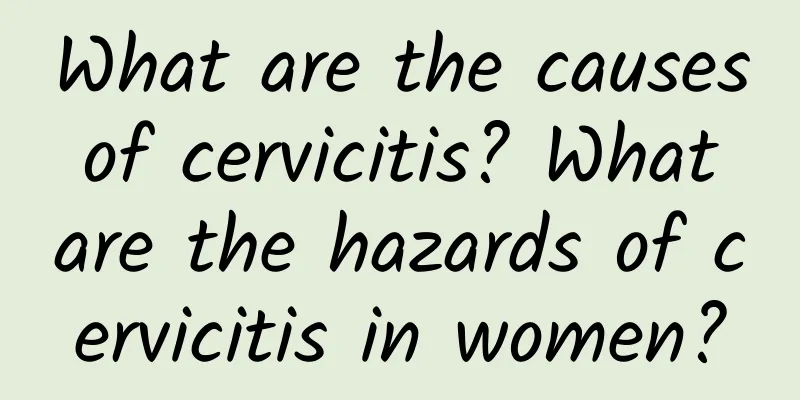What are the hazards of pregnancy complicated with uterine fibroids?
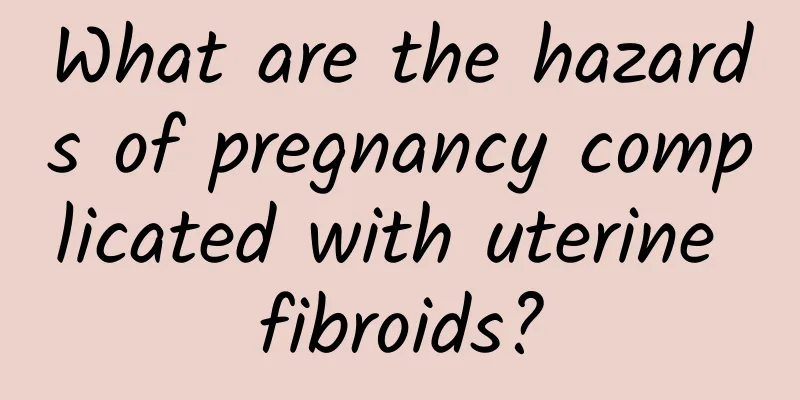
|
The incidence of gynecological diseases is very high. Although the symptoms are sometimes not particularly obvious and severe, their harm should not be underestimated. The combination of pregnancy and uterine fibroids will have an adverse effect on fertility. Miscarriage can be caused in early pregnancy, especially submucosal. In the middle and late pregnancy, in addition to the impact of uterine fibroids on pregnancy, the impact of pregnancy on uterine fibroids also needs to be considered. There are three types of changes in pregnancy with uterine fibroids: enlargement, no change, shrinkage or disappearance. In most cases, it is not difficult to understand that uterine fibroids will gradually increase with the increase of gestational weeks. Since the blood supply to the uterus will increase significantly after pregnancy, estrogen and progesterone can promote the growth of uterine fibroids, so ultrasound examinations after pregnancy will find that the fibroids will increase. During the growth of uterine fibroids, a small number of patients cannot keep up with the blood supply due to the rapid growth rate, resulting in ischemia and necrotic degeneration of the fibroids. The more common degenerations are cystic degeneration and red degeneration. Cystic degeneration refers to necrosis, liquefaction, and cystic tissue of the fibroid tissue, generally without obvious symptoms. Red degeneration is due to the rapid change in the volume of the fibroids, rupture of blood vessels, bleeding, and diffusion of blood into the tissue. The clinical manifestations are acute abdominal pain and fever. Examinations often reveal an increase in the volume of the fibroids. Some patients will experience a reduction or even disappearance of uterine fibroids after pregnancy. This is mainly due to necrotic degeneration, rupture of blood vessels, bleeding, and diffusion of blood into the tissue of the fibroids. The clinical manifestations are acute abdominal pain and fever. Examinations often reveal an increase in the volume of the fibroids. If the pregnancy is complicated by uterine fibroids that are not large and do not block the birth canal, vaginal delivery is possible. Just pay attention to the contraction of the uterus after delivery. Sometimes uterine fibroids can affect uterine contractions and cause postpartum hemorrhage. However, if the fibroids block the birth canal and require a cesarean section, it is generally not recommended to remove the uterine fibroids at the same time during a cesarean section. Of course, if the fibroids are located under the uterine incision, or most of them are located under the serosa, the fibroids can also be removed. When the amount of amniotic fluid is normal, the growth and development of the fetus will always maintain a certain space, and the fibroids will not directly compress the fetus and cause deformities. In short, the general principle for the treatment of pregnancy complicated by uterine fibroids is observation and conservative treatment. After delivery, the location and size of the uterine fibroids should be re-evaluated to decide whether surgical treatment is needed. |
Recommend
Big S died of influenza and pneumonia! What is the difference between flu and cold? Nutritionist reveals: Eating this way after getting the flu can help you recover faster
Big S Xu Xiyuan unfortunately passed away in Japa...
How should women treat cervical erosion? Dietary considerations for women with cervical erosion
Cervical erosion is a common gynecological diseas...
What are the causes of recurrence of cervical erosion?
Although cervical erosion is a common gynecologic...
What should I do if my first menstrual flow after abortion is small and black?
The first menstrual period after abortion is smal...
How to prevent acute adnexitis?
What is needed to prevent acute adnexitis? This i...
Expert introduction: Effective TCM treatment for irregular menstruation
Traditional Chinese medicine is a very good way t...
How long can a person with congenital bartholinitis live?
The main cause of Bartholinitis comes from sexual...
You can eat sugar without any burden! Nutritionist Zheng Shijia: These sweet fruits and vegetables can replace white sugar, and you can cook them to reduce sugar like this
People who love to eat sugar are worried that it ...
How much does it cost to completely cure congenital absence of vagina?
The cost of treating congenital absence of vagina...
To create a perfect butt, Kim Kardashian squats every day
Hollywood has recently been swept by the squat ex...
Causes of mild pelvic peritonitis symptoms
The mild symptoms of pelvic peritonitis may be re...
What causes vaginal candidal infection?
The causes of candidal vaginitis confuse many fem...
What are the clinical manifestations of cervical erosion?
If you have cervical erosion, you should actively...
What are the main symptoms of Bartholinitis?
Bartholinitis is a disease with a very high incid...
The causes of ovarian cysts are very wide
Ovarian cysts have become a common disease in our...


